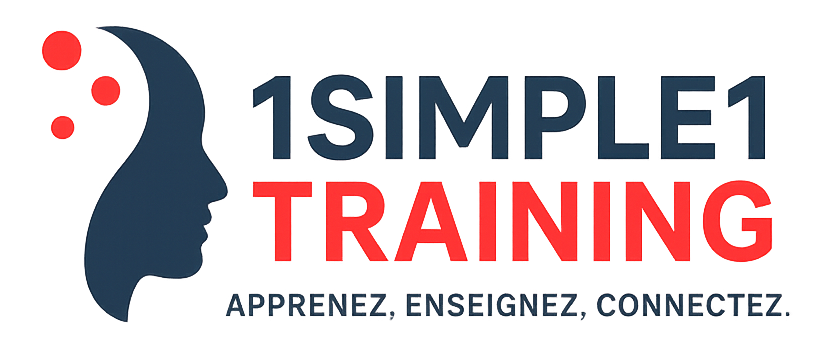ArchiMate® Lev. 1 - Introduction to the ARCHIMATE® langage Course
Course Curriculum
13 sectionsThe ArchiMate® Lev. 1 - Introduction to the ARCHIMATE® langage Course is a training course.
The candidate will be required to follow the training in self-study mode or online at his/her convenience, considering the 6-to-12-month training deadline.
Pre-recorded videos and materials are made available to the candidate for further training.
ArchiMate® is a free and independent modeling language offered by The Open Group®.
Aligned with the terminologies of TOGAF® (The Open Group®'s Enterprise Architecture Framework), ArchiMate® covers the full range of modeling needs of each phase of the enterprise architecture development lifecycle, as described in the framework. Among other benefits, ArchiMate® provides a set of points of view to help communicate with stakeholders and make decisions about changes.
This training provides participants with a first understanding of the ArchiMate repository as well as concrete practical examples of concepts and principles using the ArchiMate® tool.
Not applicable
Is aimed at, but is not limited to, the following profiles:
· Enterprise Architecture Program Managers and Members
· IT professionals involved in architecture projects
· architects and urban planners of the IS
· anyone else wishing to acquire the key concepts of ArchiMate®.
Understand the concepts and terminology of ArchiMate® 3.
Be able to use this language in the development of enterprise architecture project templates.
Face-to-face or distance learning.
No prerequisites for this training.
Introduction
· Introduction to the Archimate® modeling language.
· Requirements and certifications.
Concepts and definitions
· Reminder of what Enterprise Architecture is.
· Key concepts of Enterprise Architecture.
· Definitions.
· Examples of modeling.
Language Structure
· Archimate® Concept Hierarchy.
· The 6 layers of the Archimate® language.
· Core Framework et Full Framework.
· Differences between concepts and notation.
· Colors and rating indices.
Generic metamodel
· Presentation of the aspects: Active structure, behavior, passive structure and motivation.
· Elements and notation of the active structure.
· Elements and notation of behavior.
· Elements and notation of the passive structure.
· Motivation and composite elements.
Relations
· Relationship Overview
· Structural relations.
· Relationships of dependence.
· Dynamic relationships.
· Other types of relationships
· Relational connector.
Motivation
· The structure of the metamodel of motivational elements.
· Definition and scoring of motivational elements.
· Relations between motivation and the Core.
The 6 layers of language
Strategy layer:
· The structure of the metamodel of the strategy elements
· Use of policy elements
· Relationships between the policy elements, the core, and the motivational elements.
Business Layer:
· The structure of the metamodel of the business elements
· Working with items in the Business layer
· Distinguishing between active, behavioral, and passive structure elements in the Business layer.
Application Layer:
· The structure of the application layer metamodel
· Working with Application Tier Elements
· Distinguishing between active, behavioral, and passive structure elements in the Application layer.
Technology Layer:
· The structure of the Technology layer metamodel
· Use of Technology layer elements
· Distinguishing between active, behavioral, and passive structure elements in the Technology layer.
Physical layer:
· The structure of the metamodel of the Physical layer
· Use of elements in the Physical layer
· Distinguishing between active, behavioral, and passive structure elements in the Physical layer.
· Relationships between the business layer and the lower layers, relationships between the application and technology layers.
Implementation and Migration layer:
· The structure of the Metamodel of the Implementation and Migration layer
· Use of the elements of the Implementation and Migration layer
· Relationships with other aspects and layers for the Implementation and Migration elements.
Stakeholders, Views and Views:
· General concepts related to the mechanism of views and points of view.
· Conceptual model of an architectural description.
· Architectural views and viewpoints.
N/A
N/A
N/A
N/A
No object.

